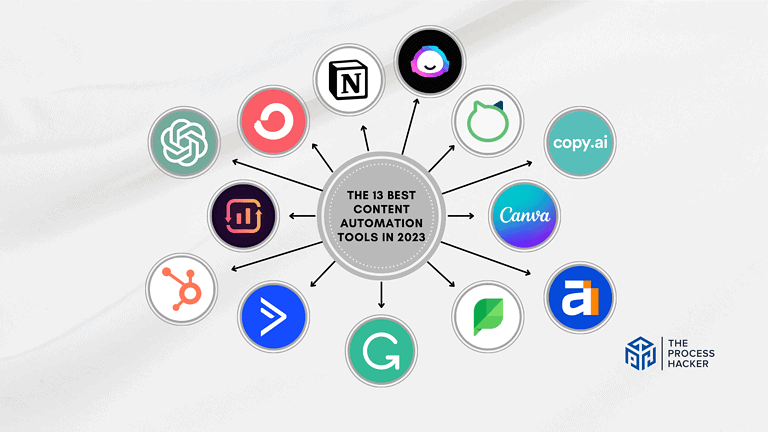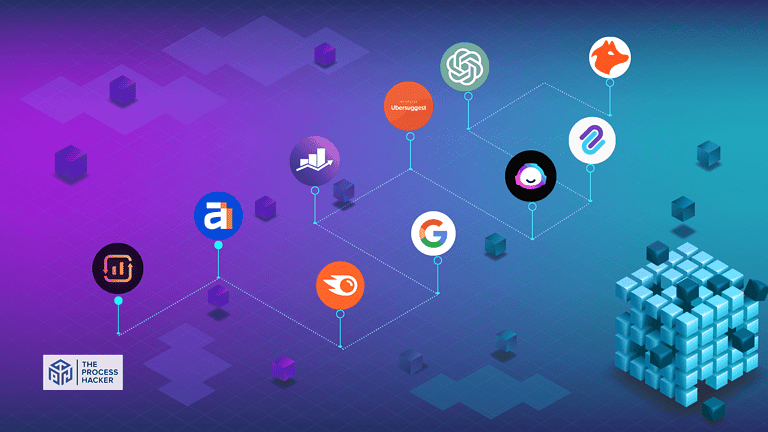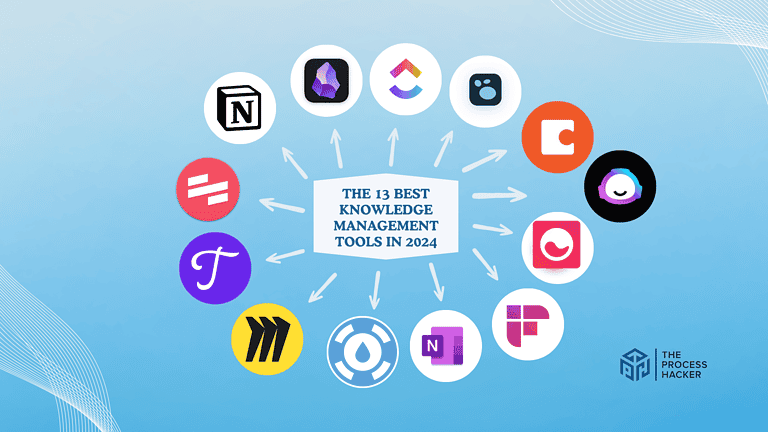RAG AI for Sustainable Development: Harnessing Data for Environmental Solutions
In the realm of technological innovations aimed at environmental conservation, Retrieval-Augmented Generation (RAG) AI emerges as a pivotal tool. In this article, we provide an in-depth exploration of this advanced technology, defining what is RAG in AI and its role in addressing complex environmental challenges. By bridging the gap between complex data and actionable insights, RAG AI helps develop effective solutions for sustainable development.
Understanding RAG Technology
RAG AI operates through core mechanisms that significantly enhance the capabilities of traditional AI systems. It combines data retrieval from expansive datasets with contextual content generation, creating a powerful platform for decision-making. This dual approach overcomes limitations found in conventional AI, which often struggles with integrating diverse datasets and generating contextually relevant insights. As a result, RAG AI provides significant advantages, including improved accuracy and efficiency in processing environmental data.
Environmental Data Challenges
Environmental sustainability efforts often encounter fragmented data sources, which complicate accurate analysis and decision-making. Climate systems and ecological networks are inherently complex, demanding integrated knowledge solutions to effectively address their intricacies. RAG AI stands out in its capacity to navigate these challenges by consolidating disparate data into cohesive, actionable intelligence.
RAG AI Applications in Sustainability
RAG AI holds transformative potential across various domains of environmental sustainability. Employing data-driven decision-making frameworks enables scalable solutions to address global environmental challenges.
Climate Change Modeling
In the fight against climate change, RAG AI excels in predictive climate scenario analysis. By integrating comprehensive datasets, it enhances the accuracy of models that forecast environmental trends. This capability allows for real-time identification of changes and trends, empowering policymakers and scientists to respond proactively.
Biodiversity Conservation
RAG AI also plays a crucial role in biodiversity conservation. It facilitates species population tracking and supports strategies for habitat preservation. By mapping ecosystem interactions, RAG AI provides valuable insights that guide conservation efforts.
Implementation and Future Perspectives
Implementing RAG AI in environmental projects requires careful consideration of both technical and ethical dimensions, while also recognizing its potential for transformative impacts.
Technical Infrastructure
To deploy RAG AI effectively, a robust technical infrastructure is essential. This includes comprehensive data collection and preprocessing methods, careful selection of machine learning models, and ensuring adequate computational resources. These components are pivotal for the successful integration of RAG AI into environmental solutions.
Emerging Research Directions
The future of RAG AI in environmental sustainability lies in innovative research and interdisciplinary collaboration. By employing advanced machine learning techniques and scaling AI solutions, the potential for impactful environmental interventions grows.
RAG AI stands as a beacon of innovation in the quest for sustainable development. Through its ability to process complex environmental data and generate insightful solutions, it is well-positioned to make a significant contribution to addressing the pressing environmental challenges of our time. With continued research and strategic implementation, RAG AI has the potential to revolutionize how we approach sustainability, ensuring a healthier planet for future generations.







